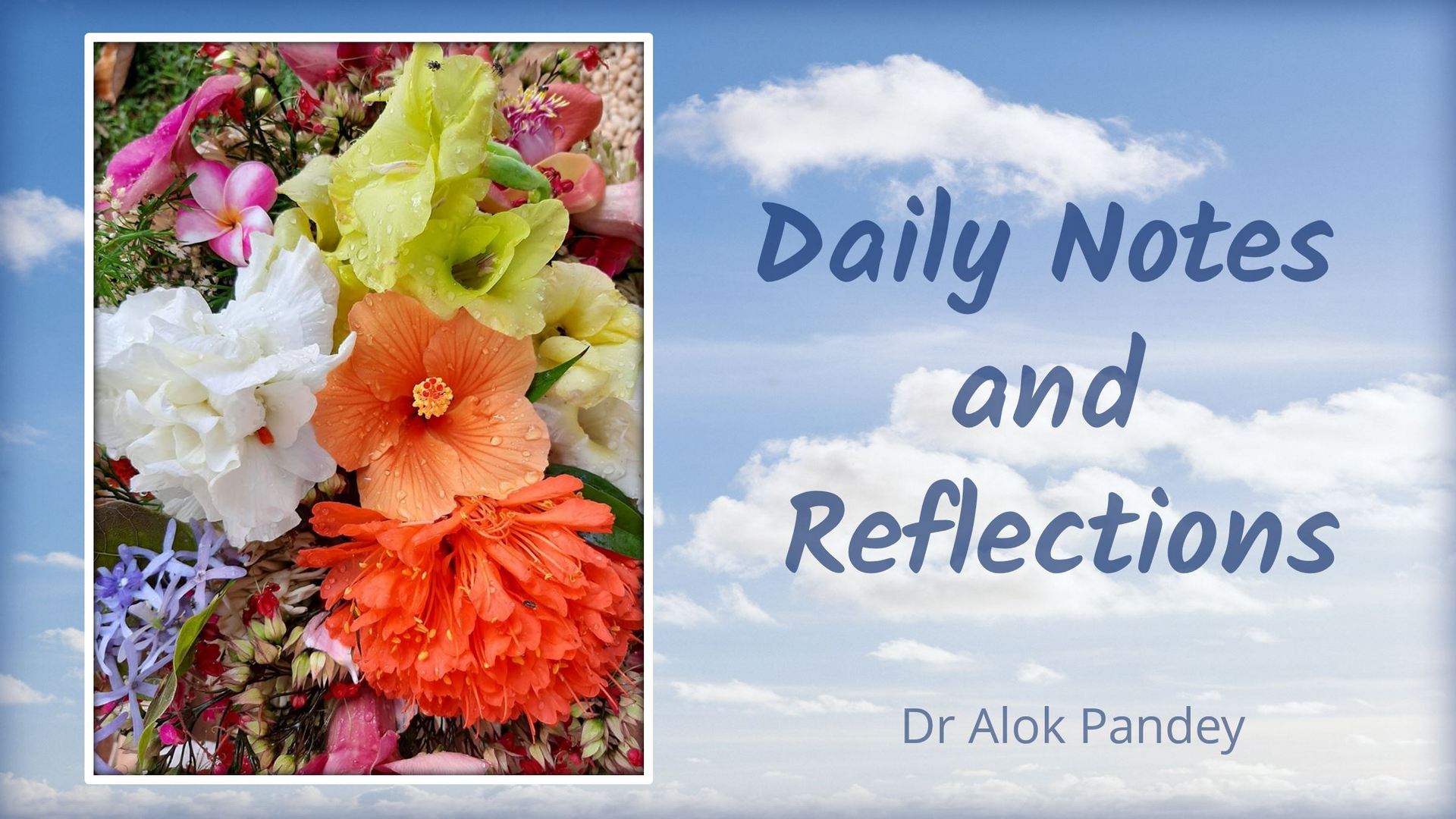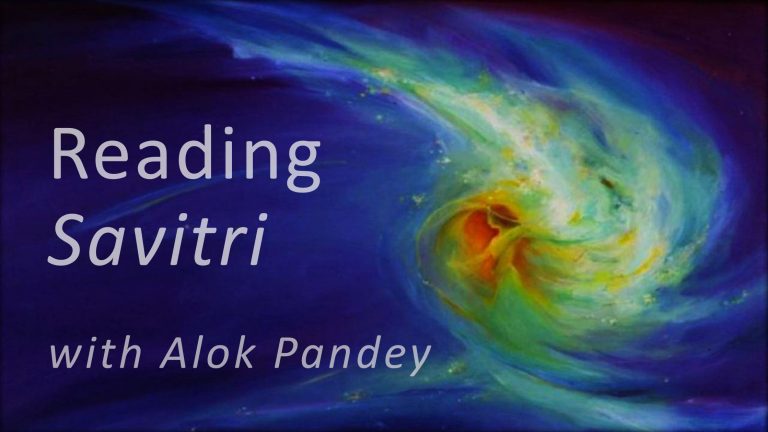The Silence is void of contents of thoughts, feelings, impulsions and all the entire gamut of movements that occupy our consciousness. It is an emptiness rather than negative. However it is powerful in the sense that it is filled with infinity. Very simply it is akin to the zero state through which one passes on the way to the eternal consciousness in its dynamic aspects. Below are some passages where we can see what Sri Aurobindo means by it and how he has even used it as closely linked to Peace itself.
Words of Sri Aurobindo
For instance, my first major experience—radical and overwhelming, though not, as it turned out, final and exhaustive—came after and by the exclusion and silencing of all thought—there was, first, what might be called a spiritually substantial or concrete consciousness of stillness and silence, then the awareness of some sole and supreme Reality in whose presence things existed only as forms, but forms not at all substantial or real or concrete; but this was all apparent to a spiritual perception and essential and impersonal sense and there was not the least concept or idea of reality or unreality or any other notion, for all concept or idea was hushed or rather entirely absent in the absolute stillness.
*
This is indeed an ordinary process of the Yogic path of knowledge; but the same end can be brought about or automatically happen by other processes—for instance, by the descent from above of a great spiritual stillness imposing silence on the mind and heart, on the life stimuli, on the physical reflexes. A sudden descent of this kind or a series of descents accumulative in force and efficacy is a well-known phenomenon of spiritual experience.
Or again one may start a mental process of one kind or another for the purpose which would normally mean a long labour and yet may pull down or be seized midway, or even at the outset, by an overmind influx, a rapid intervention or manifestation of the higher Silence, with an effect sudden, instantaneous, out of all proportion to the means used at the beginning.
*
The words “peace, calm, quiet, silence” have each their own shade of meaning, but it is not easy to define them. Peace— ´shanti. Calm—sthirata. Quiet—acancalata. Silence—niscala-nıravata. Quiet is a condition in which there is no restlessness or disturbance.
Calm is a still, unmoved condition which no disturbance can affect—it is a less negative condition than quiet.
Peace is a still more positive condition; it carries with it a sense of settled and harmonious rest and deliverance. Silence is a state in which either there is no movement of the mind or vital or else a great stillness which no surface movement can pierce or alter.
*
Quiet is rather negative—it is the absence of disturbance.
Calm is a positive tranquillity which can exist in spite of superficial disturbances.
Peace is a calm deepened into something that is very positive amounting almost to a tranquil waveless Ananda.
Silence is the absence of all motion of thought or other vibration of activity.
*
Calm is a strong and positive quietude, firm and solid—ordinary quietude is mere negation, simply the absence of disturbance.
Peace is a deep quietude where no disturbance can come—a quietude with a sense of established security and release.
In complete silence there are either no thoughts or, if they come, they are felt as something coming from outside and not disturbing the silence.
Silence of the mind, peace or calm in the mind are three things that are very close together and bring each other.
*
These [tranquillity and stillness] are general words, of a general and not a special Yogic significance. Quiet, calm and peace can all be described as tranquillity, silence is akin to what is meant by stillness.
*
Silence means freedom from thoughts and vital movements—when the whole consciousness is quite still.
*
It is the silence of the mind and vital—silence implying here not only cessation of thoughts but a stillness of the mental and vital substance. There are varying degrees of depth of this stillness.
*
The silence and peace are themselves part of the higher consciousness—the rest comes in the silence and peace.
*
When the mind is silent, there is peace and in peace all things that are divine can come. When there is not the mind, there is the Self which is greater than the mind.
*
You have attained the silent inner consciousness, but that can be covered over by disturbance—the next step is for calm and silence to be established as the basis in the more and more outer consciousness—probably these [higher] forces are working for that. Then the play of the ordinary forces will be only on the surface and can be more easily dealt with.




